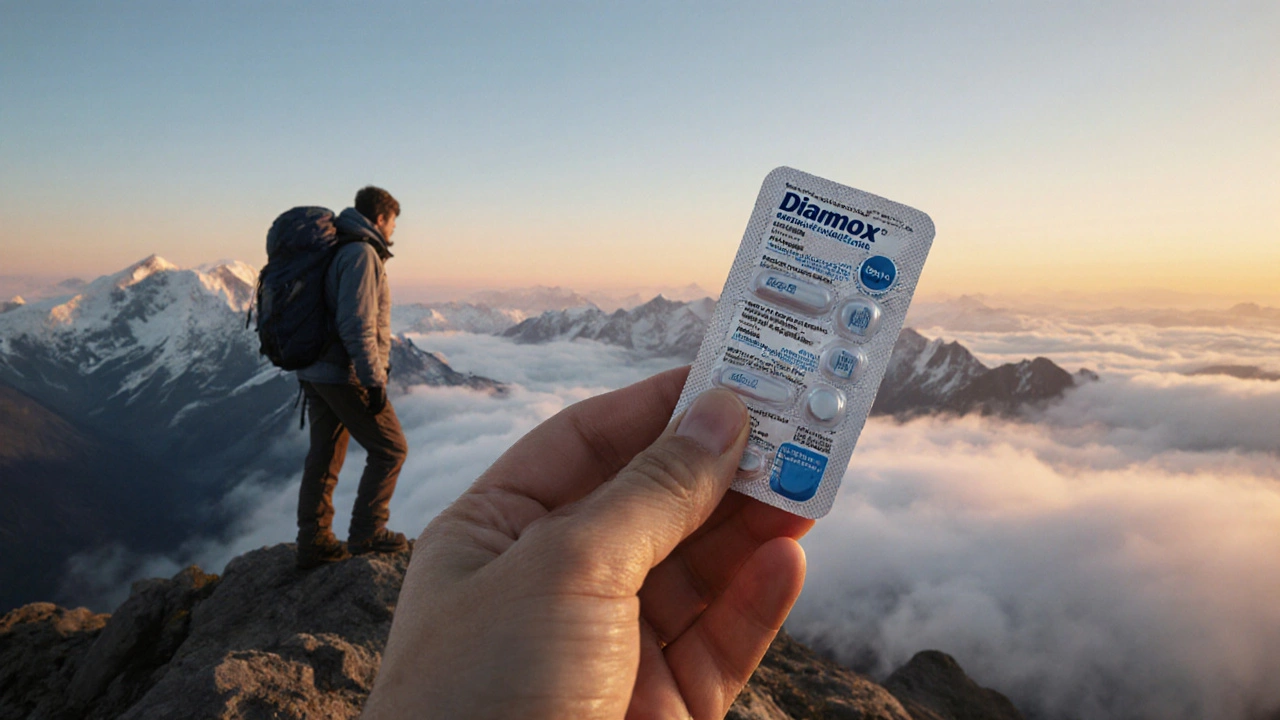Compare Diamox: Alternatives, Uses, and What Works Best
When you hear Diamox, a brand name for the diuretic acetazolamide, commonly used to prevent altitude sickness and treat certain types of glaucoma. Also known as acetazolamide, it works by changing how your body handles fluids and electrolytes—something your kidneys and brain rely on to stay balanced. Many people reach for Diamox when climbing mountains or dealing with pressure-related headaches, but it’s not the only option. What you might not realize is that this drug shows up in very different situations: from managing seizures in rare epilepsy cases to helping with fluid buildup after surgery. Its real value isn’t just in treating symptoms—it’s in how it interacts with your body’s natural systems.
People often compare Diamox to other diuretics like furosemide, a stronger loop diuretic used for heart failure and severe swelling, or even acetazolamide generics, the exact same active ingredient sold under different names at lower prices. But Diamox isn’t just about water loss. It also affects carbon dioxide levels in your blood, which helps your body adjust faster at high altitudes. That’s why hikers and climbers swear by it—because it literally helps your lungs and brain adapt. Still, it’s not for everyone. If you’re allergic to sulfa drugs, have kidney disease, or take certain seizure meds, Diamox could do more harm than good. And that’s where alternatives come in. For altitude sickness, some turn to dexamethasone, a steroid that reduces brain swelling without the tingling or taste changes Diamox causes. For glaucoma, eye drops like latanoprost, a prostaglandin analog that lowers eye pressure by improving fluid drainage are now first-line choices because they’re easier to use and have fewer systemic side effects.
What you’ll find in the posts below isn’t just a list of drugs. It’s a real-world breakdown of how Diamox compares to other treatments people actually use. You’ll see side-by-side comparisons of its effectiveness for altitude sickness versus natural acclimatization, how it stacks up against other diuretics for fluid control, and why some doctors skip it entirely for glaucoma. There are also honest takes on cost, availability, and what happens when you mix Diamox with other meds—like the antihistamines some people take for allergies, which can add up to dangerous interactions. This isn’t theory. It’s what patients and doctors are seeing in clinics and on trails. Whether you’re planning a high-altitude trip, managing eye pressure, or just trying to understand why your doctor prescribed this pill, the posts here give you the clear, no-fluff facts you need to make better decisions.

30
Sep
A clear, side‑by‑side look at Diamox (acetazolamide) versus methazolamide, topiramate, dorzolamide, brinzolamide and hydrochlorothiazide, covering uses, dosing, side‑effects, cost and how to choose the right option.






